I would always recommend using the manual exposure mode to avoid the exposure changing from one frame to the next which can cause an annoying flicker in the final time-lapse movie.
Steve Heiner , photographer
Pete set the white balance on his D4 to daylight, and used an ISO range of 4,000 to 12,800 over the course of shooting at Joshua Tree National Park in California. Shutter speeds ranged from 15 to 25 seconds. Pete manually focused the camera on the closest trees in the foreground.
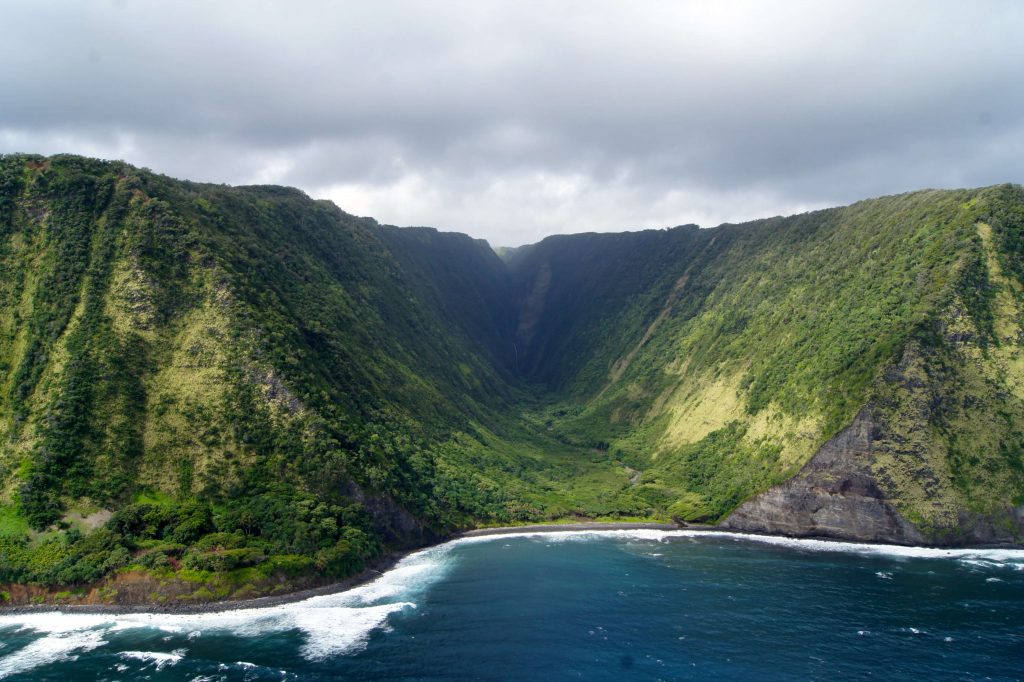
Both Pete and his assistant held Nikon Speedlights with colored gels over the flash heads. During the time the shutter was open, they would “pop” the flashes, to illuminate the foreground trees and boulders. With Pete to one side of the camera, and his assistant on the other, they began painting with light from a distance of about 15 feet from the camera, each moving further from the camera, on an angle that brought them close to the subjects in the foreground. This allowed the light to be more dimensional, wrapping around the trees. Each was able to pop off from two to 10 flashes from each Speedlights during each exposure. Pete explained that while the Speedlights aren’t constant light sources, you still need to be aware of where you’re pointing the flash so you don’t end up with hot spots in the image (overexposing a portion of the photo.)
]]>If a scene has a lot going on in the foreground, stars represented as pinpoints may complement the scene, rather than overwhelm it.
Deborah Sandidge, photographer
Exposure starting point: Nikon’s Steve Heiner does quite a bit of time-lapse moviemaking—of varied subjects—including the stars traversing across the night sky. We asked him for suggested exposures to start off with. And, because digital cameras let you see what you just captured, you can double check the exposures and make quick adjustments on the fly.
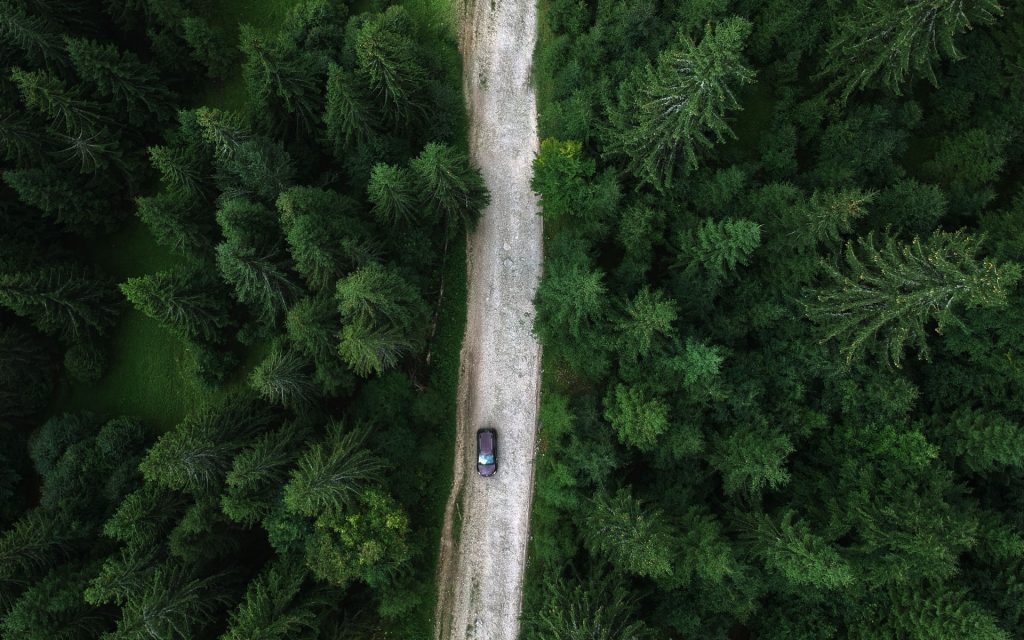
Shooting time-lapse sequences is similar to shooting a single image in that exposure is based on the shooting conditions. For time-lapse photography of the stars in the night sky, use an aperture of about f/5.6 if the moon is full, f/2.8 if the moon is not full. In manual exposure mode, shoot a test shot at 10 seconds. “I would always recommend using the manual exposure mode to avoid the exposure changing from one frame to the next which can cause an annoying flicker in the final time-lapse movie,” suggests Steve.
Check the image by zooming in on the LCD, to see if you can see the stars and any detail in the foreground. Adjust ISO, aperture and shutter duration for a good overall exposure without letting the shutter speed go any slower than 20 seconds or so, otherwise you’ll end up with the stars beginning to streak into star trails due to the Earth’s movement. If you’re using a very wide-angle lens, slower shutter speeds may not be that noticeable, however you will see the streaking in images that are shot with a normal to telephoto lens. Turn ON the Long Exposure Noise Reduction feature to keep noise to a minimum.
]]>“If a scene has a lot going on in the foreground, stars represented as pinpoints may complement the scene, rather than overwhelm it.”
Deborah Sandidge, photographer
There are two techniques Diana uses when photographing the moon and stars in one scene. At times, she will bracket the exposure and composite two frames together, so the final image will have both the moon and the stars properly exposed. Other times she’ll use multiple exposure to expose for the moon and stars separately.
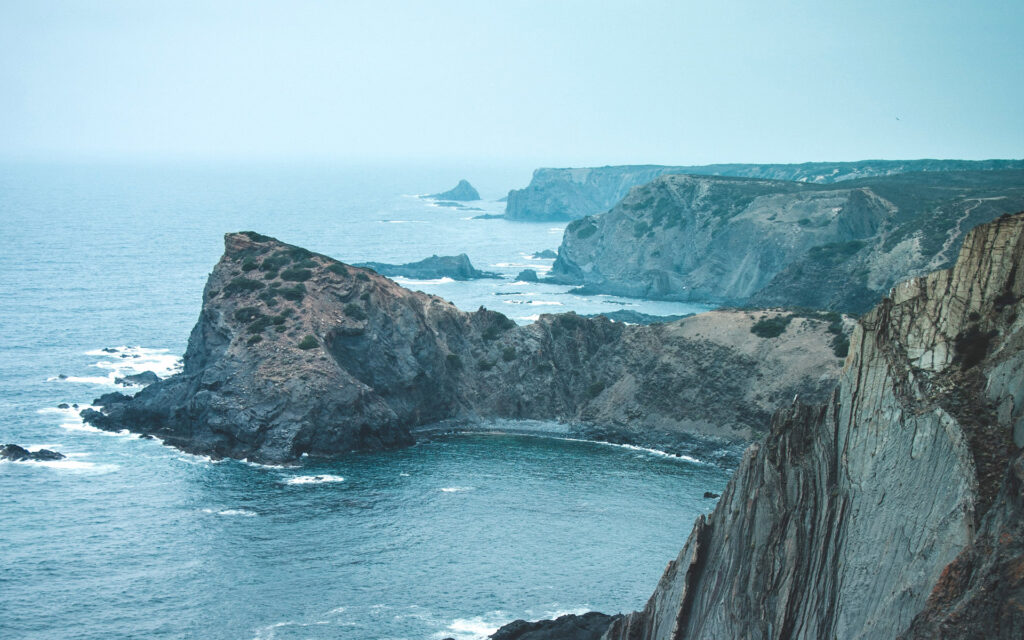
“Enthusiasts of astrophotography may choose to invest in special equipment for tracking the stars as the earth moves,” explains Deborah. A telescope mount moves the camera/telescope as the earth rotates. This allows for long exposures of the night sky that will pick up the fainter light of the Milky Way for example. To photograph the stars in the sky as pinpoints of light, start with as wide an f/stop as your lens allows, and shutter speed of about 20 seconds. Any more time than that and the stars will begin to blur. Increase the ISO as needed for a good exposure.
Diana says she’ll often let the foreground be lit by moon light on nights when the moon is bright enough because there is enough detail and light to add to the image. “On dark nights, I only light paint foreground elements when it makes artistic sense,” she says, noting that she tries to make the foreground look as natural as possible in most cases.
]]>If a scene has a lot going on in the foreground, stars represented as pinpoints may complement the scene, rather than overwhelm it.
Deborah Sandidge, photographer
Exposure starting point: Nikon’s Steve Heiner does quite a bit of time-lapse moviemaking—of varied subjects—including the stars traversing across the night sky. We asked him for suggested exposures to start off with. And, because digital cameras let you see what you just captured, you can double check the exposures and make quick adjustments on the fly.

Shooting time-lapse sequences is similar to shooting a single image in that exposure is based on the shooting conditions. For time-lapse photography of the stars in the night sky, use an aperture of about f/5.6 if the moon is full, f/2.8 if the moon is not full. In manual exposure mode, shoot a test shot at 10 seconds. “I would always recommend using the manual exposure mode to avoid the exposure changing from one frame to the next which can cause an annoying flicker in the final time-lapse movie,” suggests Steve.
Check the image by zooming in on the LCD, to see if you can see the stars and any detail in the foreground. Adjust ISO, aperture and shutter duration for a good overall exposure without letting the shutter speed go any slower than 20 seconds or so, otherwise you’ll end up with the stars beginning to streak into star trails due to the Earth’s movement. If you’re using a very wide-angle lens, slower shutter speeds may not be that noticeable, however you will see the streaking in images that are shot with a normal to telephoto lens. Turn ON the Long Exposure Noise Reduction feature to keep noise to a minimum.
]]>“If a scene has a lot going on in the foreground, stars represented as pinpoints may complement the scene, rather than overwhelm it.”
Deborah Sandidge, photographer
There are two techniques Diana uses when photographing the moon and stars in one scene. At times, she will bracket the exposure and composite two frames together, so the final image will have both the moon and the stars properly exposed. Other times she’ll use multiple exposure to expose for the moon and stars separately.

“Enthusiasts of astrophotography may choose to invest in special equipment for tracking the stars as the earth moves,” explains Deborah. A telescope mount moves the camera/telescope as the earth rotates. This allows for long exposures of the night sky that will pick up the fainter light of the Milky Way for example. To photograph the stars in the sky as pinpoints of light, start with as wide an f/stop as your lens allows, and shutter speed of about 20 seconds. Any more time than that and the stars will begin to blur. Increase the ISO as needed for a good exposure.
Diana says she’ll often let the foreground be lit by moon light on nights when the moon is bright enough because there is enough detail and light to add to the image. “On dark nights, I only light paint foreground elements when it makes artistic sense,” she says, noting that she tries to make the foreground look as natural as possible in most cases.
]]>I would always recommend using the manual exposure mode to avoid the exposure changing from one frame to the next which can cause an annoying flicker in the final time-lapse movie.
Steve Heiner , photographer
Pete set the white balance on his D4 to daylight, and used an ISO range of 4,000 to 12,800 over the course of shooting at Joshua Tree National Park in California. Shutter speeds ranged from 15 to 25 seconds. Pete manually focused the camera on the closest trees in the foreground.

Both Pete and his assistant held Nikon Speedlights with colored gels over the flash heads. During the time the shutter was open, they would “pop” the flashes, to illuminate the foreground trees and boulders. With Pete to one side of the camera, and his assistant on the other, they began painting with light from a distance of about 15 feet from the camera, each moving further from the camera, on an angle that brought them close to the subjects in the foreground. This allowed the light to be more dimensional, wrapping around the trees. Each was able to pop off from two to 10 flashes from each Speedlights during each exposure. Pete explained that while the Speedlights aren’t constant light sources, you still need to be aware of where you’re pointing the flash so you don’t end up with hot spots in the image (overexposing a portion of the photo.)
]]>I would always recommend using the manual exposure mode to avoid the exposure changing from one frame to the next which can cause an annoying flicker in the final time-lapse movie.
Steve Heiner, photographer
Shooting time-lapse sequences is similar to shooting a single image in that exposure is based on the shooting conditions. For time-lapse photography of the stars in the night sky, use an aperture of about f/5.6 if the moon is full, f/2.8 if the moon is not full. In manual exposure mode, shoot a test shot at 10 seconds.
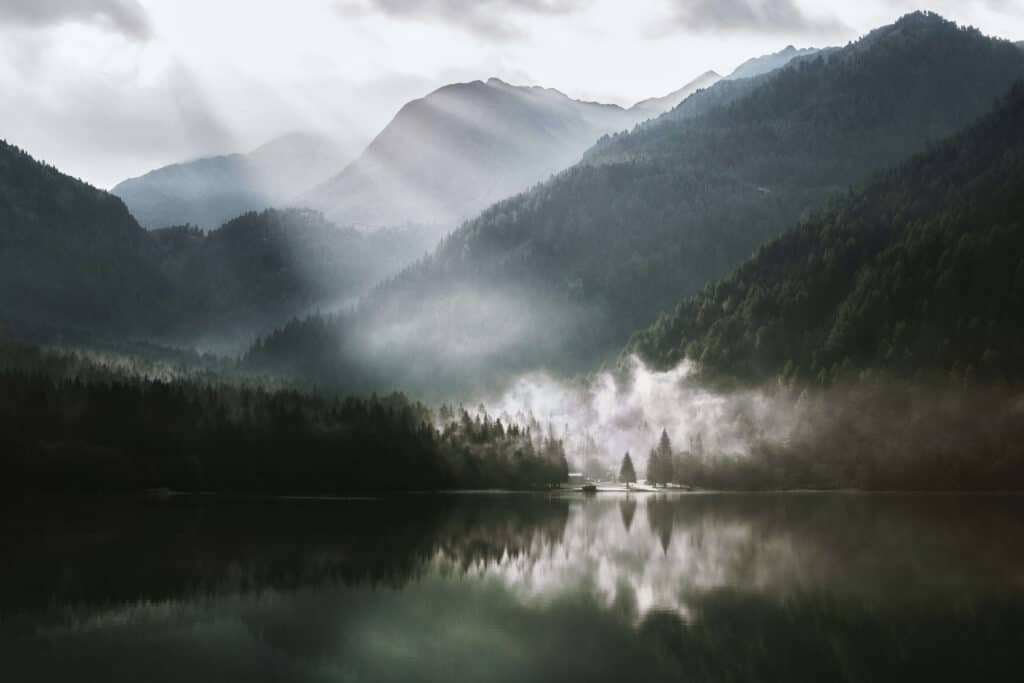
Check the image by zooming in on the LCD, to see if you can see the stars and any detail in the foreground. Adjust ISO, aperture and shutter duration for a good overall exposure without letting the shutter speed go any slower than 20 seconds or so, otherwise you’ll end up with the stars beginning to streak into star trails due to the Earth’s movement. If you’re using a very wide-angle lens, slower shutter speeds may not be that noticeable, however you will see the streaking in images that are shot with a normal to telephoto lens. Turn ON the Long Exposure Noise Reduction feature to keep noise to a minimum.
Steve says, “If my exposure for a shot is 20 seconds at f/2.8 at ISO 1600 I will set my interval time for a 25-35 second interval (the interval time needs to include the actual exposure time plus additional time for the camera to process the image and write it to the media card before it shoots the next frame. If you’ve set the camera’s Noise Reduction feature, an additional 5-10 seconds may be need to be added to the interval before the camera will be ready to take another shot.”
Other suggestions include not moving the camera or changing the exposure once you begin the time-lapse—and most importantly, the need for patience. Testing is important before you begin the interval shooting so you don’t end up disappointed when you get back to the computer. “I like to shoot my intervals closer than most photographers who shoot time-lapse for the first time. It makes the final movie much smoother,” he adds.
]]>I ran out to Jonathan while I was still on the phone and started making gestures at him trying to get his phone and open Facebook so he could see the video and know what was going on.
Alison, bride
This couple is already super organised, having booked many suppliers for their May 2021 nuptials, from a photographer, stylist+florist and hair and makeup artist, to their ceremony and reception venues and Maddison’s wedding gown. Alison and Jonathan’s wedding isn’t until May 2021, which will hopefully mean that events and travel have opened up by then. This gives them plenty of time to plan what to spend their $5,000 on! The Dawes Point Room also benefits from adjustable bi-fold walls that can be drawn across to lower the capacity, used to provide breakout areas, or opened to reveal a vibrant dancefloor later in the evening. The possibilities are endless!
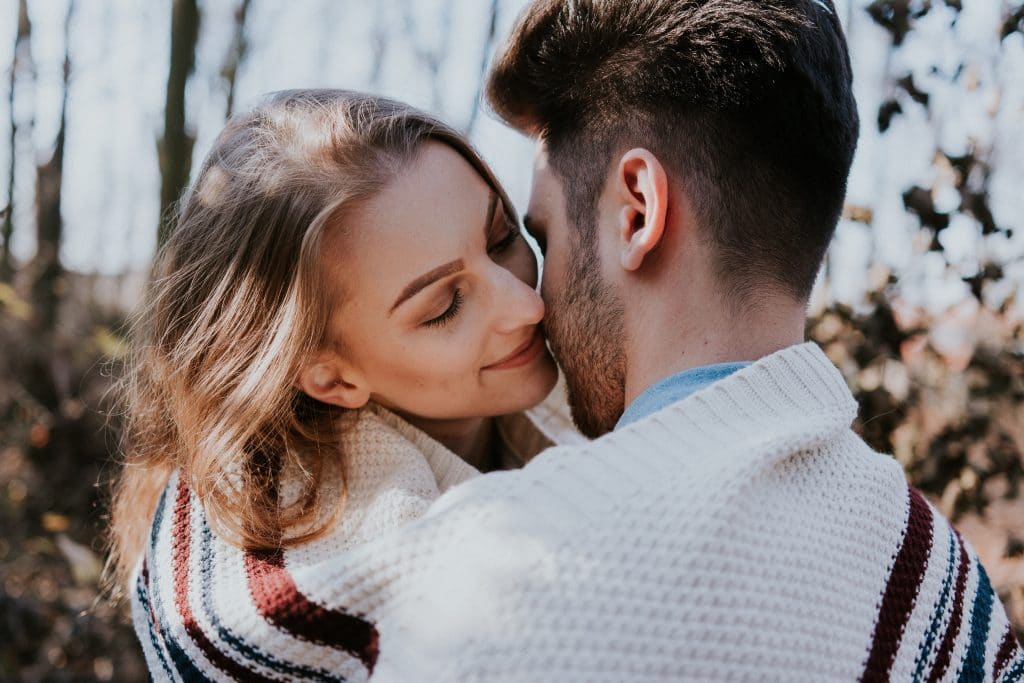
Perched on the pontoon overlooking the immaculate Walsh Bay, the Dawes Point Room is spacious and versatile with direct access onto the outdoor decking through glass doors. Bathed in natural light and decorated with understated paisley carpets, the large open-plan room can be designed in any layout that suits your style. Alison told us they’re keen to explore New Zealand on their honeymoon. They really want to go to Queenstown and explore the area. Onsen Spa and Nevis Swing are on our to-do list as well as a day trip to Aoraki. We’re after a balance between adventure and relaxing.
]]>